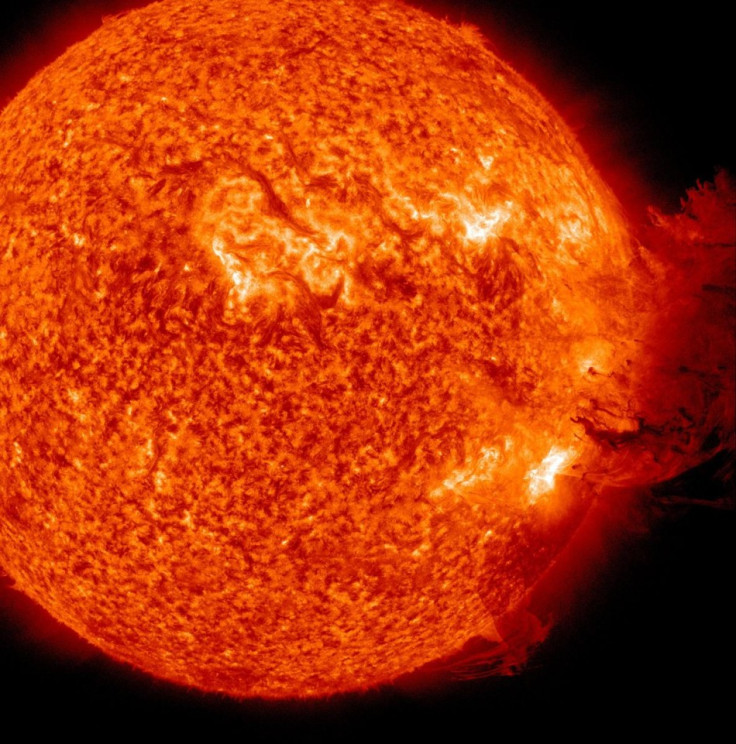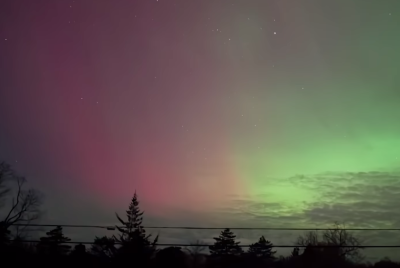Huge Solar Flare Heading Towards Earth

A long-duration solar flare that first erupted on the sun is heading towards Earth. The flare can disrupt long-range radio communications. On the other hand, it can create a beautiful display of the northern lights (aurora borealis) on Saturday.
Astronomers from NASA discovered the M-class, medium-sized solar flare erupting on the sun on Thursday, at 8:42 A.M. EST. Solar flares are classified into three types: X-class, M-class and C-class. X flares are the biggest and can lead to radio blackouts, as well as having long-term radiation effects on Earth. M flares are medium-sized flares that affect the Earth's polar region. Finally, C-class flares are small-sized flares and are, usually, barely noticeable.
According to NASA's Space Weather Services, the solar flare is travelling at 630 miles per hour and it is likely to reach Earth on Saturday.
A solar flare occurs when the magnetic energy which is built up in the sun's atmosphere is suddenly released; the amount of energy released is equal to millions of hydrogen bombs exploding at the same time. The first solar flare recorded was on September 1, 1859 by two astronomers in England.
A huge X class solar affected GPS signals and led to radio communication blackouts and long-lasting radiation storms in the upper atmosphere, on August 9, 2011.
© Copyright IBTimes 2025. All rights reserved.





















